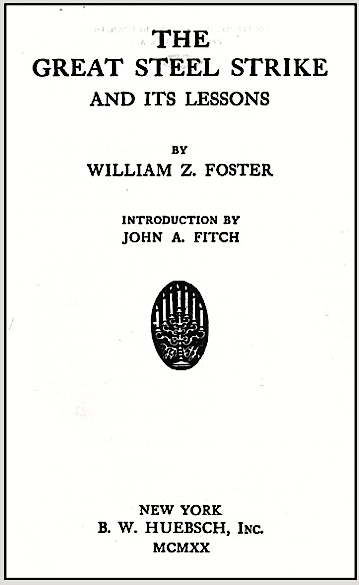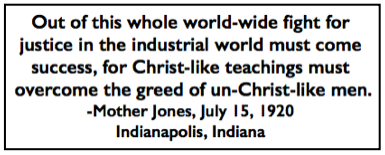 ———-
———-
Hellraisers Journal – Sunday August 22, 1920
-Mother Jones News for July 1920, Part II
Speech at Williamson, W. Va., Described; Found in Indianapolis
From the Buffalo Labor Journal of July 8, 1920:
MOUNTAIN MEN AROUSED
—–
Williamson, W. Va. [June 20, 1920]-“The motto of West Virginia, ‘Mountainers are always free,’ will be made effective,” declared Mother Jones in an address to over 5,000 miners of Mingo county. A drenching rain did not deter the workers from coming out of the mountains, the tent colonies of evicted strikers and neighboring towns. Mayor Porter of this place assured the meeting that he was in perfect sympathy with their efforts to rid the state of Baldwin-Feltz detective thugs, employed by the coal owners.
Secretary Pauley of the West Virginia Federation of Labor told the miners that trade unionists through out the state are behind them in this fight for law and order.
The recent murder of the mayor of Matewan and other citizens by the Baldwin-Feltz detective thugs, who were attempting to evict miners without due process of law, has aroused organized labor to greater activity against these private armies of the coal owners. The same condition prevails in Logan and McDowell counties. Governor Cornwell ignores these outlaws while delivering lectures and issuing statements on the need for “100 per cent. Americanism.”
[Photograph added.]

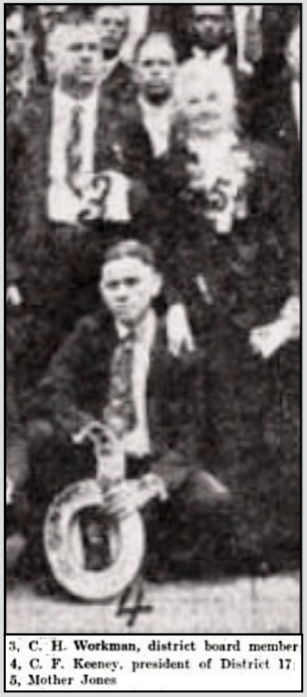
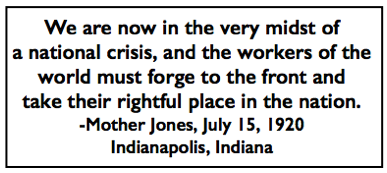
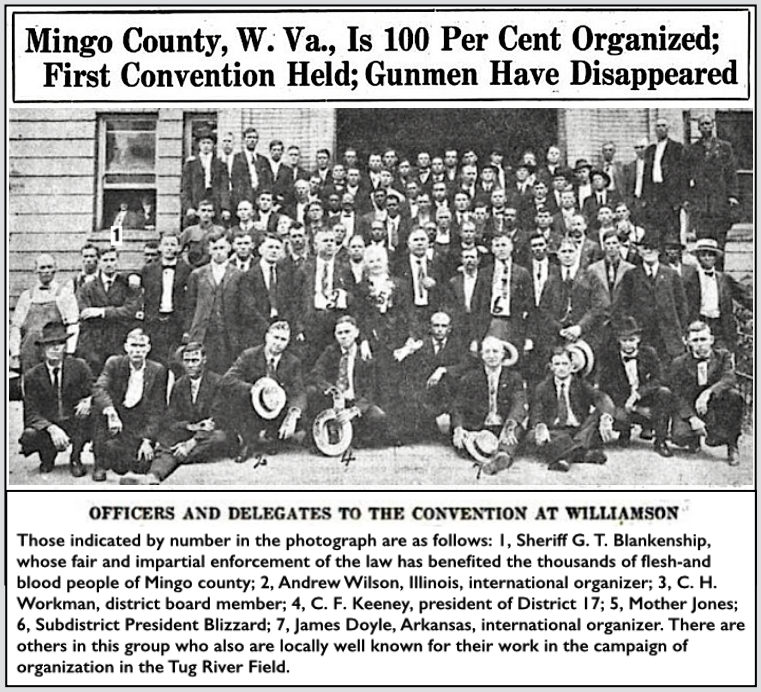
 ———-
———-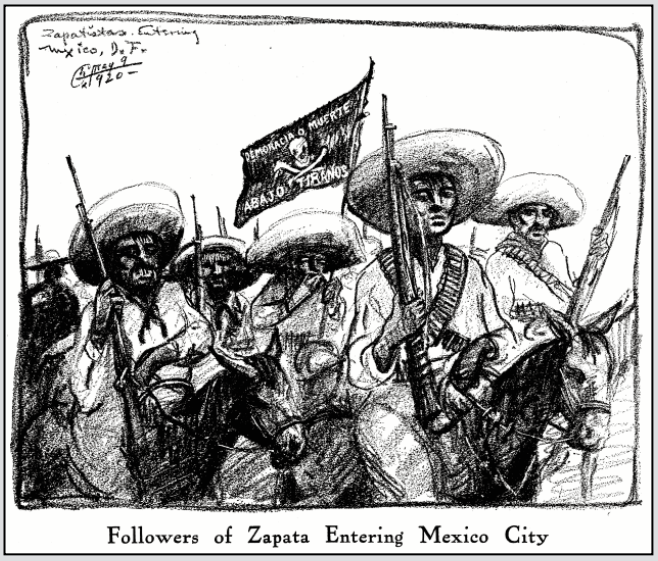
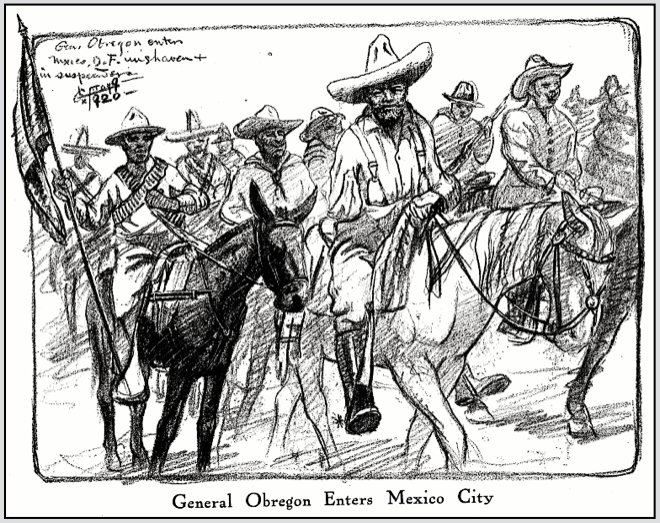
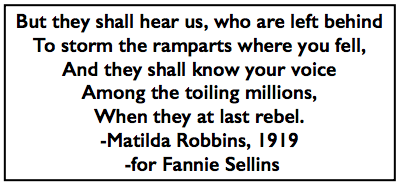 ———-
———-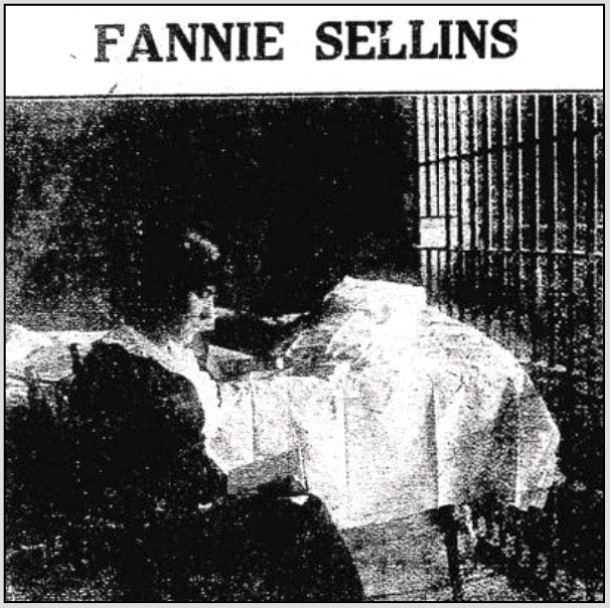
 ———-
———-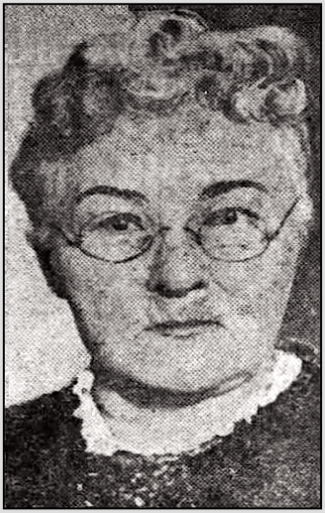
 ———-
———-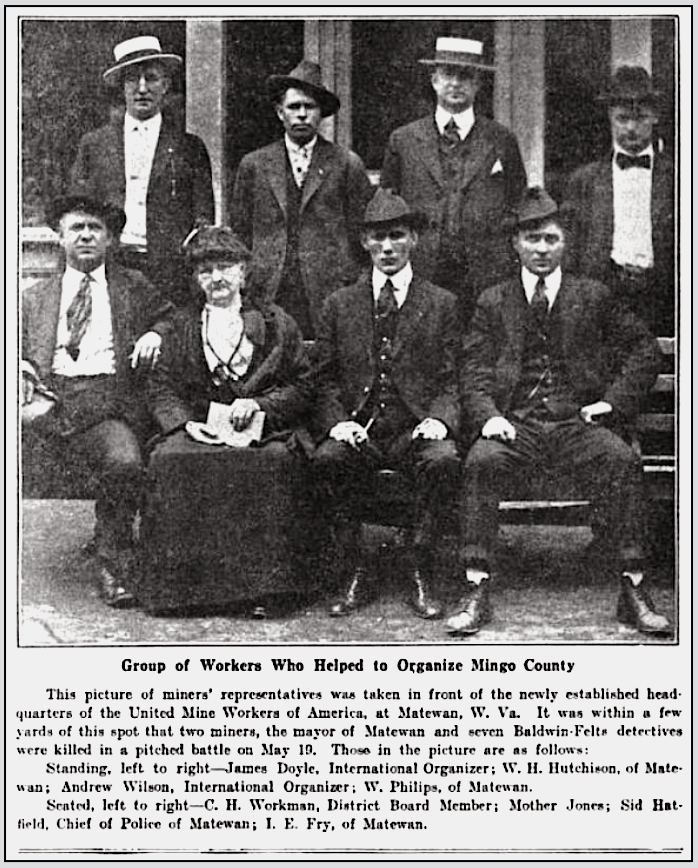
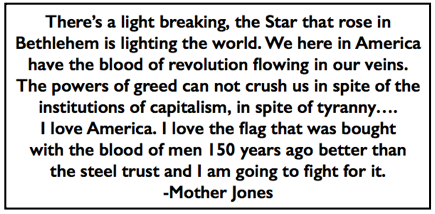 ———-
———-
